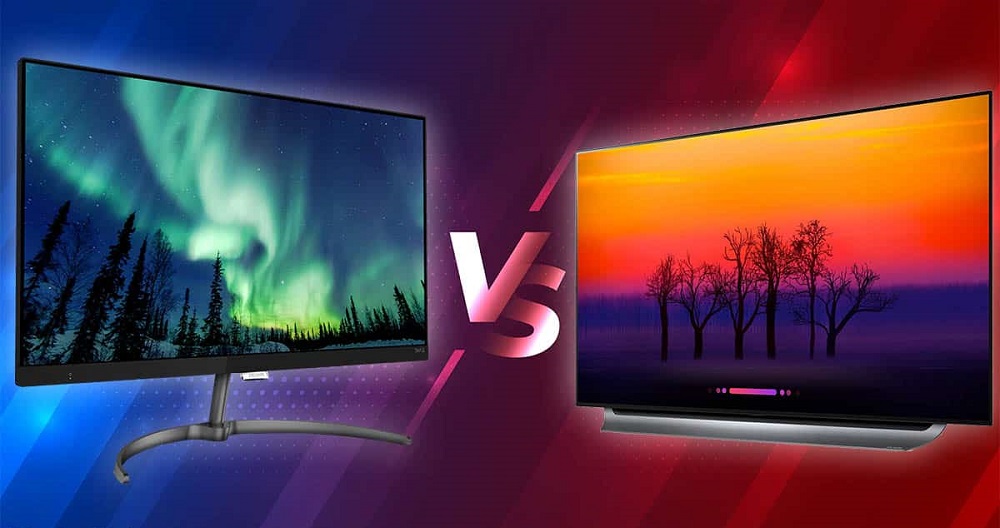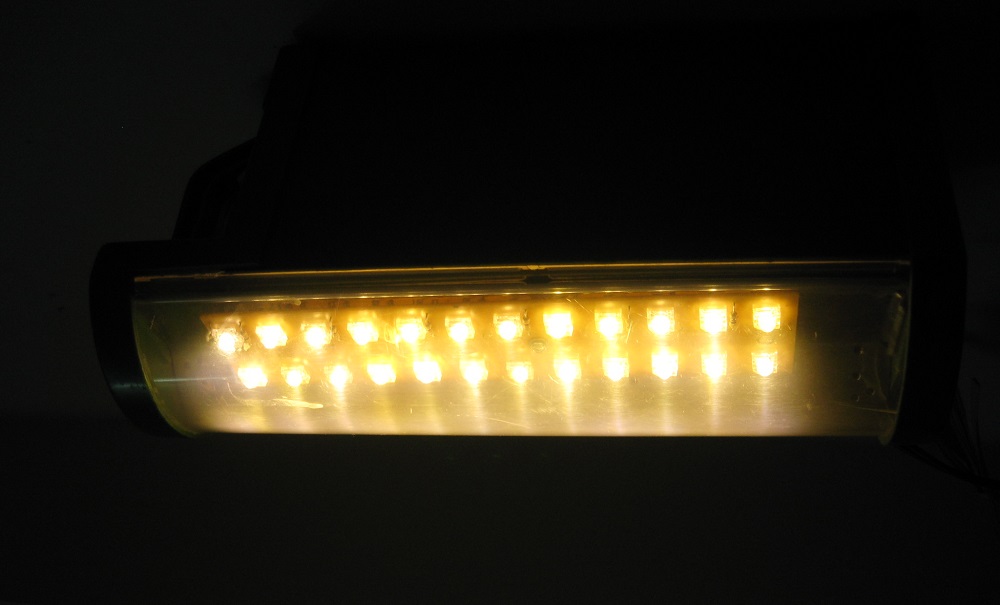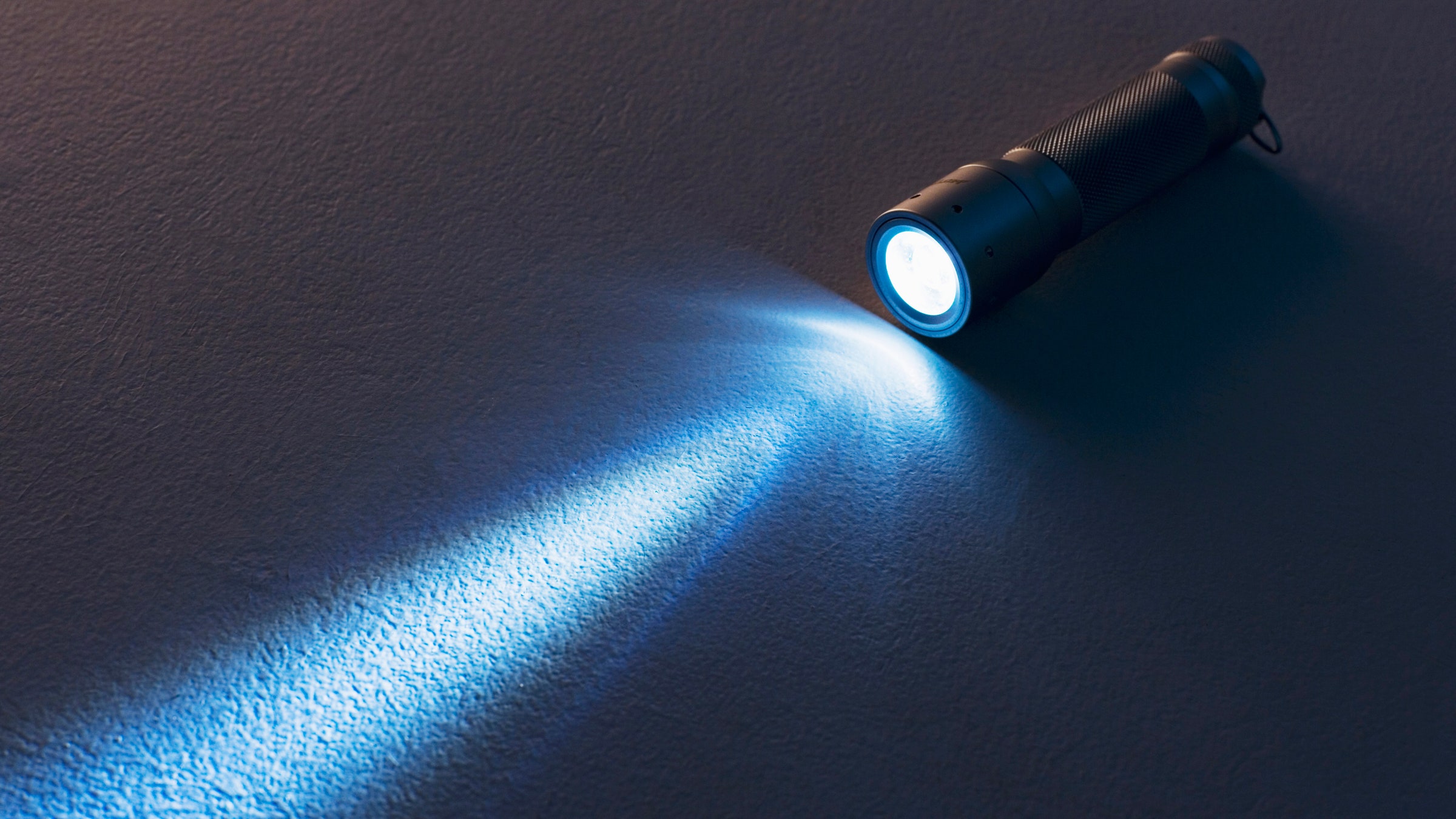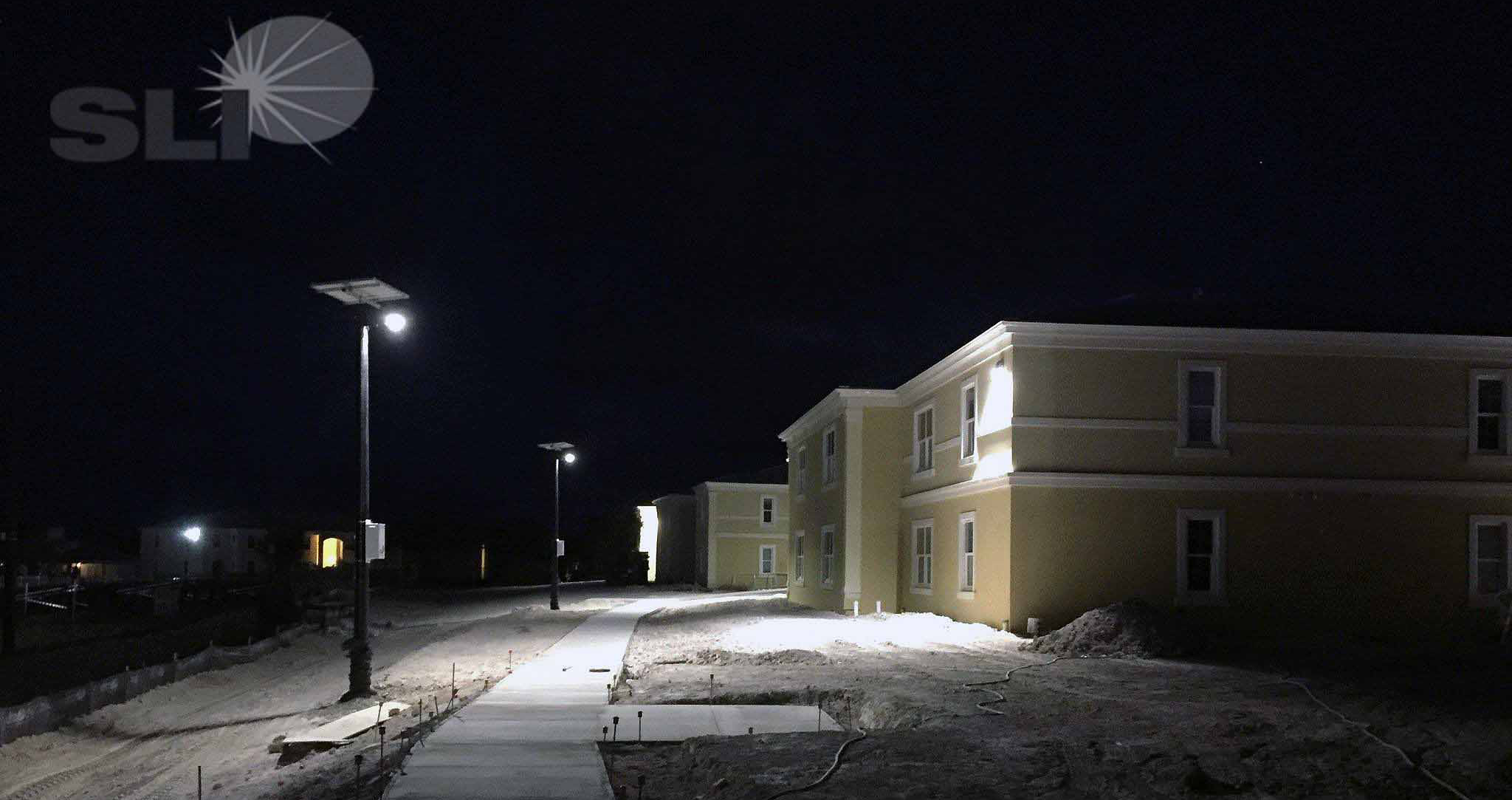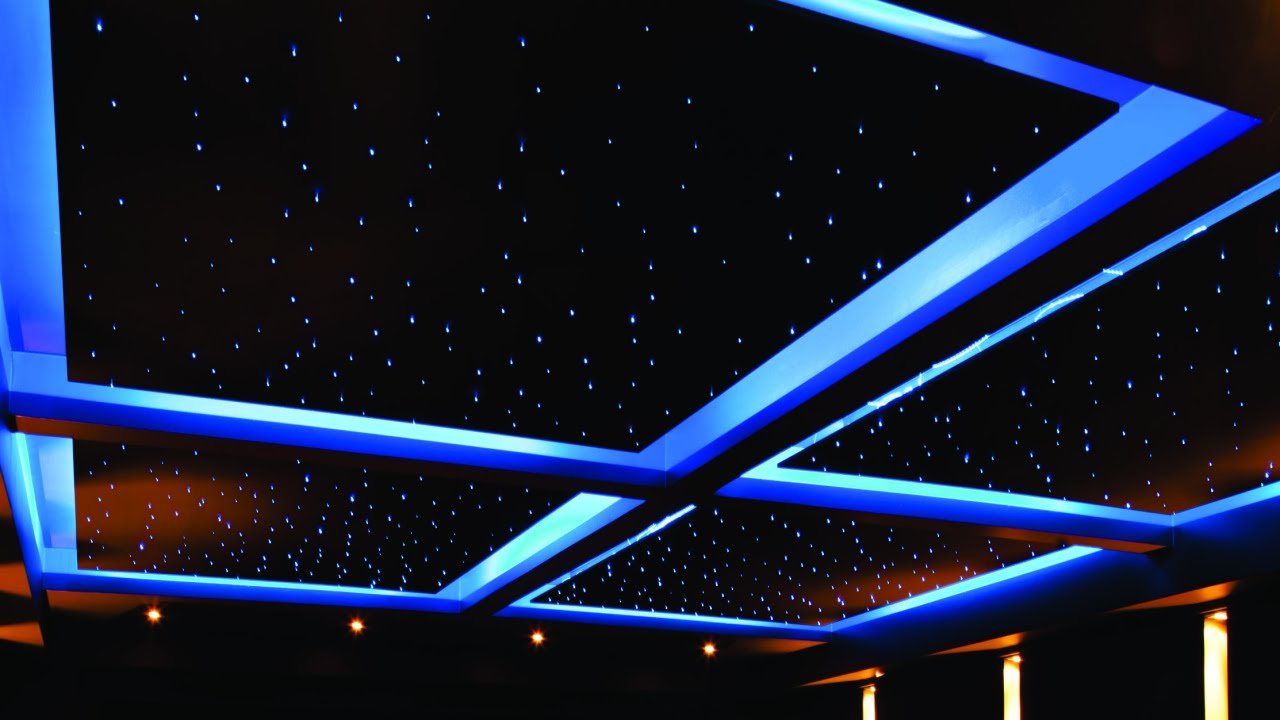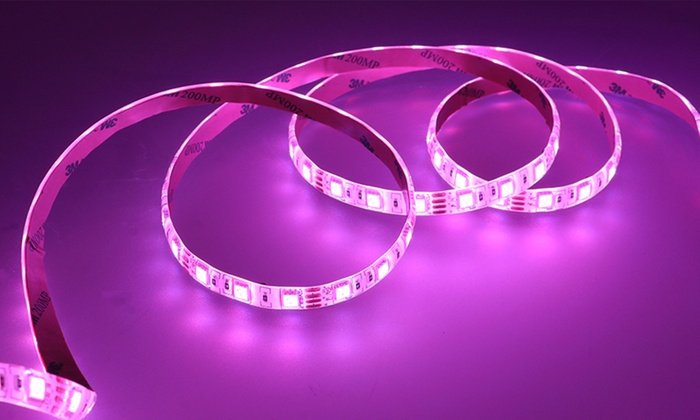QLED and OLED tv sets have long been rivals in the market, and the rivalry has spilled over into the respective makers of these sets. QLED is made by SAMSUNG, while OLED is manufactured by LG. Although both sets serve to provide viewers with high-quality motion pictures, the difference between both is as different as light and day.
1. What is QLED?
2. How does QLED work?
3. QLED and OLED: What is the difference?
4. QLED and OLED: Which is better?
5. QLED vs. OLED: Which has the best picture?
6. OLED vs. QLED: What’s best for gamers?
7. The Future of OLED vs. QLED
8. Conclusion
Samsung has long been regarded as the brand leader in the world television market and for a good reason. Their QLED tv has an 8k resolution series with model varieties such as the Shrif, Frame as well as the innovative Sero Rotating Tv. LG has also not lagged behind either with the release of their latest 6 series TV.
With both firms pulling no punches in their bid to dominate the market, buyers have a hard time determining which of the two to buy. Making the right decision is essential, especially when you consider just how expensive both sets are. In this review, we will attempt to analyze the value of both sets, and from our findings, we will help you make a decision based on verifiable facts.
What is QLED?
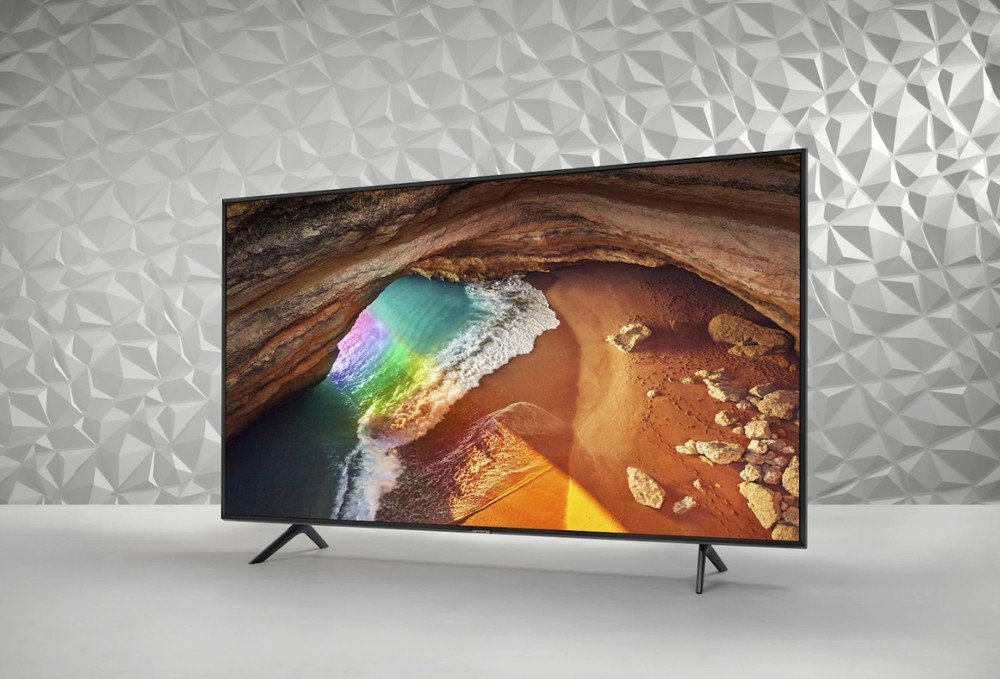
To set the ball rolling, let us establish what both tv sets stand for starting with QLED. QLED stands for Quantum Light-Emitting Diode. This set is just like a regular LED television with slight variations. First of all, it utilizes very tiny nanoparticles known as quantum dots. These dots ensures supercharged color and brightness.
Initially, this technology was introduced by Sony sometime in 2013, Samsung, however, started selling their QLED tv shortly after. By also establishing partnerships with other manufacturers, QLED became a highly sought after television set.
How does QLED work?
QLED functions by using hundreds or thousands of LED back light’s as the case may be. The LEDs are positioned behind an LCD panel.
OLED
OLED stands for Organic Light Emitting Diode. In an OLED tv, every pixel is a tiny LED that can produce color and light at the same time within a single element. Unlike QLEDs, OLED tv sets do not require back light’s because each pixel can produce it’s own.
How does OLED work?
OLED produces light and color using pixels. When the pixels in OLED tv are turned off, they emit no color or light, which makes their screen very dark when turned off. When turned on, the pixels generate their own light independently. Currently, only LG produces OLED Tv panels under a subsidiary called LG Display.
Are QLED and OLED the same?
QLED and OLED are similar, just as they are different. What makes them similar? It has to be the fact that they use a light-emitting diode (LED) for color and picture display. But as regards their engineering, they offer users different qualities. One would argue that settling for one or the other should be a thing of choice. People with such an argument make a lot of sense. However, you can only make a defined choice if you know the difference in quality offered by both brands.
QLED and OLED: What is the difference?
Now let us delve into the capabilities of both sets. We will compare both under various categories, which are their brightness contrast and several other feature characteristics that make both highly evolved technological masterpieces. So without further ado, let us delve in.
Black Levels and Contrasts
Contrast simply refers to the color difference between the brightest and the darkest part of the displayed image. Tv sets that can produce very dark images that don’t need to project bright screen parts to get good image contrast. We compared the contrast quality of both sets and came to a professional conclusion that OLED wins this tie. It produced a much better contrast due to its ability to generate as much blackness as it needs to when necessary.
Winner: OLED
Brightness
When it comes to brightness, QLED is the obvious winner. Why? This is because this set uses different sets of backlights for generation rather than relying on the pixels to generate light for the screen. If you also include the quantum dots that they possess, you will realize that QLED can maximize light by generating much brighter color hues without running the risk of losing saturation.
OLED panels cannot compete in this category because they use pixels to generate light, but QLED does not. In isolation, pixels cannot generate as much light, and this can be problematic when watching the screen in a really hard room. With QLED, however, the brightness of the room does not matter as their panels generate as much light as necessary.
Winner: QLED
Color Space
QLED leads the color race when it comes to flamboyant screen displays. In the past, it was OLED that initially led the way, but in recent times, Samsung’s QLED has not only caught up but also overtaken the competition. Their QLED technology delivers more in terms of color brightness, accuracy, and volume.
Winner: QLED
Refresh Rate and Response Time
For readers who may not know, response time refers to the amount of time required for a pixel to switch from a state of inactivity to activity and vice verse. If the response time is fast, the image quality will be much brighter and clearer. When analyzing both sets, we found OLED to be the set with the fastest response time. QLED’s response time ranges between 2-8 milliseconds compared to OLED’s much faster 0.1 milliseconds.
As for the input lag, this refers to the amount of time for an action to be executed after giving the command. For gamers, input lag is a worry because a much longer input lag negatively impacts the gaming experience. Then as for the refresh rate, OLED boasts a superior refresh rate compared to QLED. Under the response time, refresh rate, and input lag, OLED leads the way. The amount of time it takes to execute commands and to see the effects of such commands on the screen is a lot faster.
Winner: OLED
Viewing Angle
Viewing angle is actually a matter of preference. What one viewer will term a favorable angle will be viewed as unfavorable by another. QLED screens are best enjoyed when viewed from a central position. If you move to the left or right angles depending on how the set is positioned, the image quality diminishes. This phenomenon holds true not only for Samsung sets but for sets produced by other manufacturers as well. The only case is that this issue is taken more precedence with QLED screens.
OLED screens, on the other hand, fare better. There is little luminance degradation from an angled position for as much as 84 degrees. Despite QLED’s best effort to catch up, OLED still maintains top spot.
Winner: OLED
Size
Television sets have come a very long way since they were introduced, and today, they all come in various shapes and sizes. Today, there are sets as large as 98 inches, and if current trends are anything to go by, we may likely see larger screens in the near future. OLED and QLED screens can be as large as their manufacturers want them to be but only at a huge expense. So it all devolves down to pricing. OLED is much more expensive to produce while QLED is cheaper. The disparity in costing is evident in their market prices.
Winner: QLED
Lifespan
Both Samsung and LG tout their products as having a long lifespan and who would have expected them to say anything different. Consumers place a lot of emphasis on lifespan because no one likes to spend so much on sets every year. LG claims that a user will have to watch their OLED tv 5 hours a day for a period of 54 years before the brightness quality will fall under 50%. Till date, no one has been able to substantiate or reject this claim.
As for QLED, it has been in the market for a much longer period, and the set has a track record of durability. On this basis alone, one would be inclined to give the top spot to QLED because they’ve been around for so long.
Winner: QLED
Screen Burn-in
OLED and QLED are known to exhibit image retention. Image retention is a state in which the screen displays elements of an image after the original picture has disappeared. This appears in the form of a shadow and can be very disorientating to the viewer when they occur. This phenomenon sometimes occurs if an image has remained on the screen for a very long time. Down common examples of this is network logos at the corner of the screen and gaming icons and characters. The good thing about image retention is that it goes away on its own.
OLED screens are more likely to have image retention a lot more than QLEDs. This is due to its high burn-in ratio caused by light-generating pixels. Even LG admits that image retention may seldom occur, but their effects are not permanent. If you want a screen that reduces the potential for screen burn-in, we will recommend that you settle for QLED.
Winner: QLED
Power Consumption
Energy consumption is a big issue in today’s world. Homeowners are constantly on the lookout for home appliances that consume as little power as possible. Tv sets are some of the most used appliances in the home, so they consume more electricity than let’s say your blender. When buying a tv, considering the power consumption of the tv is vital if you want to keep power cost low.
OLED does not have super bright backlight panels that consume too much power. The lack of backlight panels is good for energy conservation. They also emit low heat, unlike QLED TVs.
Winner: OLED
Eye Comfort
Many of us spend countless hours in front of bright screens every day watching our favorite programs, but only a few of us take breaks in between shows. This practice is not ideal for our visual health, and the result of this is eye fatigue. One of the common causes of eye fatigue is down to the blue light produced by modern tv screens. If you sit too far away from the screen, you may begin to feel sleepy. Sit too close, and your retina absorbs too much light for comfort.
To combat the negative effects of blue lights, manufacturers are beginning to seek out innovative ways to minimize their harmful effects altogether. OLED tv manufacturers now use what we call Ocular Guard panels. This panel tests different elements to determine the panels that are appropriate for human vision.
OLED Tv sets are known to possess a high range of dynamic pictures that are balanced, have accurate color, flicker-free, and blue light manageable. In our study, we find OLED tv screens to be the most comfortable on the eye. OLED produces less blue light compared to LCD and QLED systems, and viewers with sensitive eyes do not require safety glasses to watch them. OLED offers the safest viewing experience and beats all comers in this category.
Winner: OLED
Price
Pricing is an important tool used by manufacturers to attract buyers. They not only want to offer buyers a high-quality set, but they also want to do so at a price the buyers can afford. Modern HD TV sets are not cheap in any sense of the word; however, they are priced with the economic consideration of the buyer in mind.
QLED has led the price war for years, but OLED is catching up. QLED screens are cheaper to produce than OLED, and we see this cost differences in the way they are priced. But in recent times, OLED manufacturers are beginning to close the gap. Before you decide for any of the two based on price, do note that there are price variations for OLED and QLED based on specifications. There isn’t a standard price for the tv sets.
Pricing is determined by several factors, such as image quality, structural build, and picture processing. Screen size is also another factor known to influence the price.
QLED wins the price war because there are different models with different prices. If you are looking for a cheap but equally good tv set, QLED offers you more options than OLED.
Winner: QLED
QLED and OLED: Which is better?
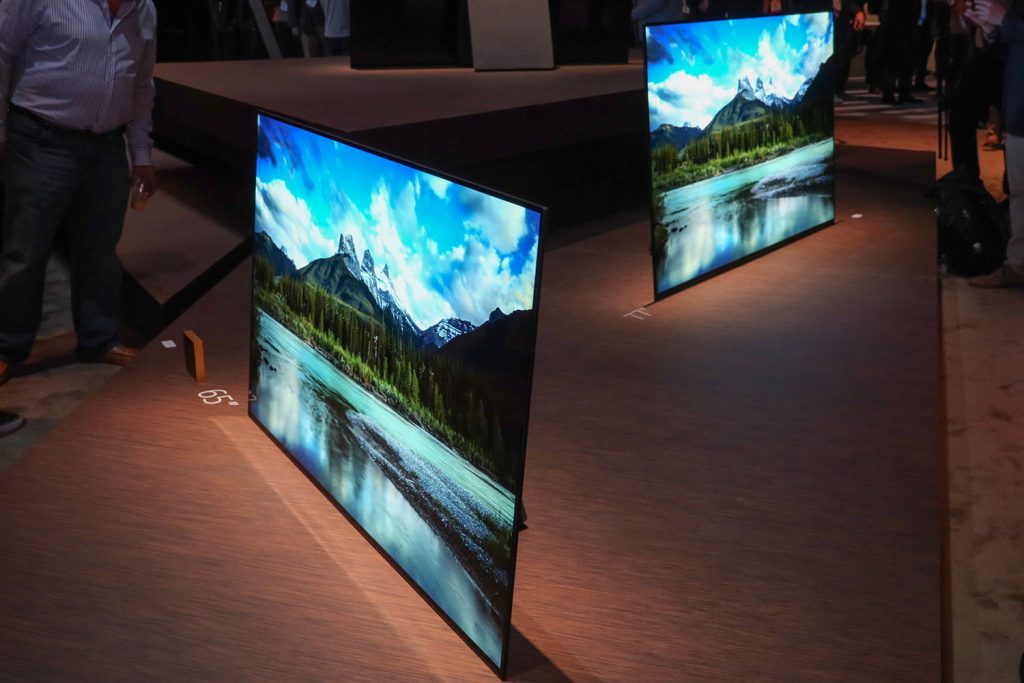
QLED and OLED technologies are pretty impressive. Both models have taken visual image quality to a whole new level. Today, viewers can enjoy high-resolution images in the comfort of their homes without having to go to cinemas to enjoy an ultimate visual experience. Deciding on which to go for is quite tricky since they both offer quality. Many people may prefer OLED for its excellent performance in all the categories sampled, but QLED nicks it just a bit.
QLED Tv screens are brighter, have a much longer lifespan, and have larger screen sizes. QLED is also energy efficient and slightly cheaper than OLED Tv sets.
In terms of all-round performance, QLED nicks it, especially for gamers.
QLED vs. OLED: Which has the best picture?

To put things into proper perspective, here are things to consider before you make a final decision.
QLED Tv offers varying image quality
QLED offers buyers image variations in terms of quality. If you prefer a high-resolution screen and you can afford it, there are advanced models on sale. If you have a low budget, you can still afford to buy a QLED set with lower but equally good image quality. QLED offers buyers a lot more options.
OLED has better contrast and black level
OLED screens offer better contrast than QLED. This is because the pixels generate light on their own. Watching OLED screens in dark rooms is not a problem. The black level of the screen is also much better than that of QLED.
QLED is brighter
QLED is brighter than OLED. If you are looking for a really bright screen, this is the set to go for.
OLED has better uniformity and viewing angles
For many Tv screens, the viewing angle you take impacts the quality of images that you see. The more you move to the left or the right of the screen, the poor the image quality becomes. However, manufacturers have made giant strides in combating this problem. When rating both sets, we found out that OLED has achieved better image uniformity in this regard. When viewed from both angles, they offer the viewer a much better quality.
OLED vs. QLED: What’s best for gamers?

Gamers place a lot of emphasis on picture quality. This is because highly interactive games are a lot more fun to play when the characters are displayed on bright screens boating crystal clear images. The image quality offered by QLED makes it a gamers’ choice. I will even recommend the Samsung Q60 QLED Tv if you intend to purchase a set solely for the purpose of gaming. This 65-inch screen set offers wonderful colors and an excellent motion. It also has an inbuilt voice assistant to help you control usage.
The Future of OLED vs. QLED
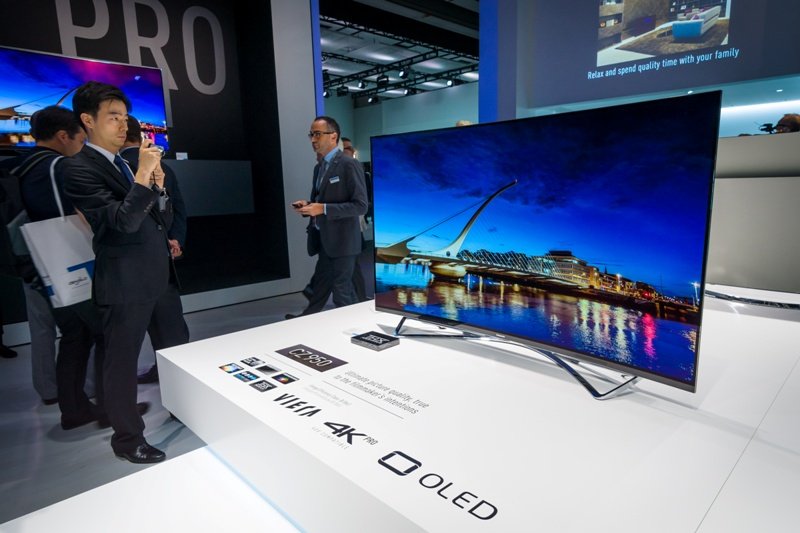
The battle for supremacy between both models gained precedence when LG Electronics took Samsung to court. The former claimed that Samsung wasn’t really selling a QLED Tv, thereby misinforming consumers. Although LG lost the case, Samsung was instructed to properly educate buyers by providing them with accurate information about their product.
This claim by LG is open to different interpretations, whichever you choose to believe. Despite the long-running debate, both models have become quite popular the world over. Today, LG remains the number producer of OLED television sets while Samsung leads the way. Samsung has also signed agreements with other manufacturers of QLED sets such as HiSense, Visio, TCL, amongst others. Both models are the preferable screens of many, and we can foresee a future where manufacturers may merge both technologies together to produce a world-class super-screen television.
The possibility of a hybrid QLED-OLED tv may or may not happen, but even if it doesn’t, expect manufacturers to improve their respective technologies as time goes on continually. We also expect OLED manufacturers to continually improve production efficiency so as to reduce the market price of the sets.
Conclusion
Deciding on the appropriate model to go for should depend on your personal preference as well as other factors. The size of the screen is also another thing to consider also. Larger screens command a much higher price than smaller screens. The image quality and color is another factor. QLED and OLED technology has come a very long way, and we expect that their manufacturers will continue to chase excellence in their bid to increase market share.

